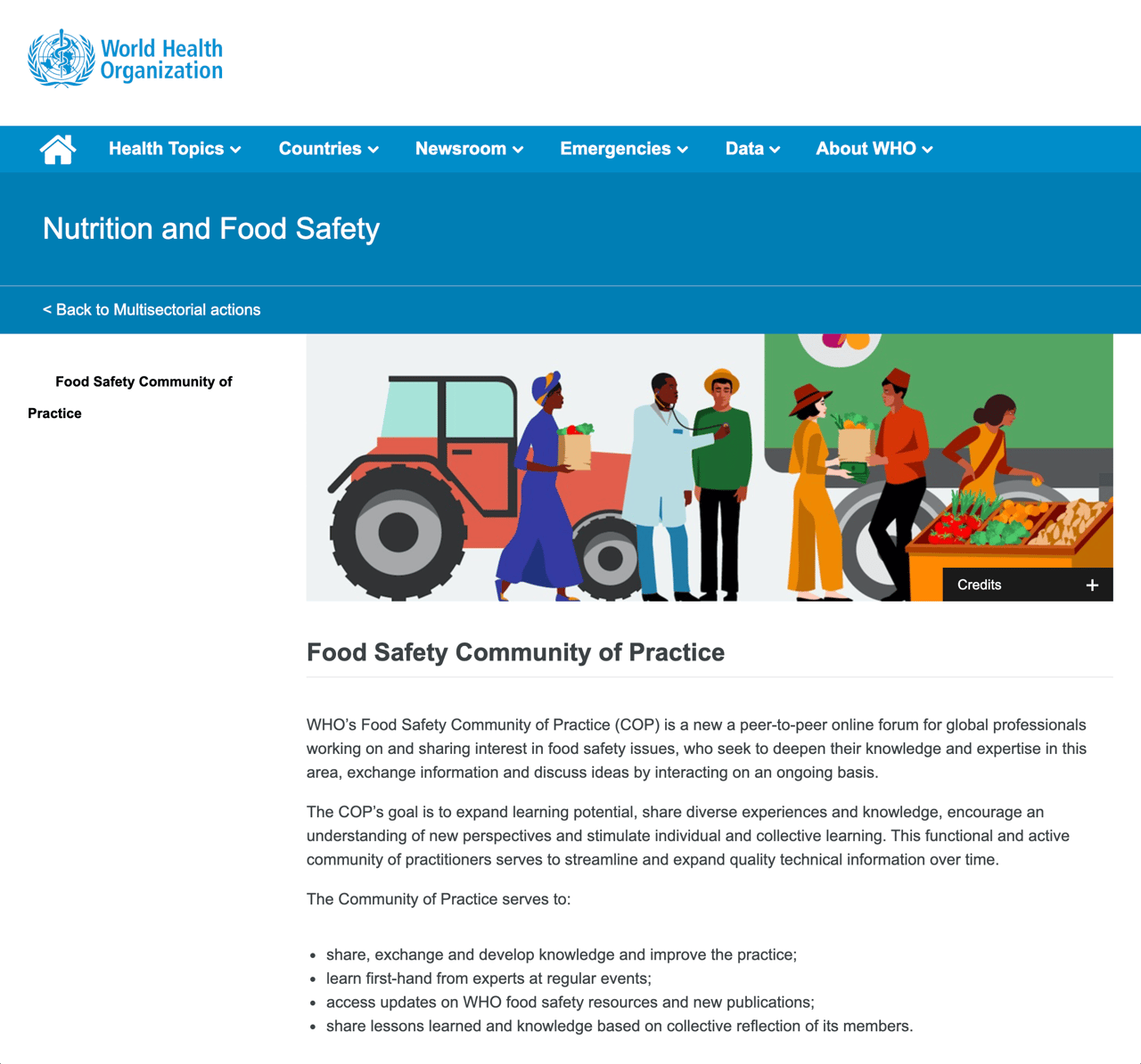
SCROLL
DOWN
FDA Releases Report on Salmonella in CEA Leafy Greens
Image credit: Dr_Microbe/iStock / Getty Images Plus via Getty Images

The U.S. Food and Drug Administration (FDA) has released a report on its investigation of the Salmonella Typhimurium outbreak that caused 31 reported illnesses and four hospitalizations in the U.S. between June and August 2021. FDA worked with the U.S. Centers for Disease Control and Prevention and state partners to investigate the outbreak, which was linked through epidemiology and traceback to packaged salad greens during the summer of 2021. This outbreak is believed to be FDA's first domestic investigation of a foodborne illness outbreak associated with leafy greens grown in a Controlled Environment Agriculture (CEA) operation.
The CEA operation produces leafy greens using common, commercial, high-density hydroponic growing techniques with deep water culture and floating raft production methods. The report includes an overview of the traceback investigation, results, and various factors that potentially contributed to the contamination of packaged leafy greens with Salmonella.
Although a conclusive root cause was not identified, the agency pinpointed certain conditions and practices that may have resulted in contamination, including the presence of a different serotype of Salmonella in pond water used to grow the leafy greens, growth media storage practices, water management practices, and general sanitation practices at the CEA that were inadequate to prevent the introduction or spread of microorganisms of public health significance into the leafy greens.
FDA isolated the outbreak strain of S. Typhimurium in a stormwater retention basin adjacent to the CEA farm. However, the investigation did not reveal if that stormwater retention basin was the source of the Salmonella that ultimately contaminated the leafy greens. This highlights the importance of assessing all microbial hazards, including those associated with adjacent and nearby land usage.
Europe to Ban Titanium Dioxide in Food from Mid-2022
As of summer 2022, titanium dioxide (E171) will be banned as a food additive by the European Commission. France banned titanium dioxide in 2020, which pushed several lobbyist groups to urge the European Commission to prohibit the substance across the EU.
Titanium dioxide is used to add white color to foods, such as baked goods and sandwich spreads, to soups, sauces, salad dressing, and food supplements. Member states of the Commission unanimously endorsed the proposal, which was first initiated in autumn 2021. The European Food Safety Authority (EFSA) concluded that E171 can no longer be considered safe when used as a food additive.
EFSA is responsible for periodically re-evaluating food additives that have been approved for use in the past. Since EFSA did not have sufficient data to calculate a safe daily intake level of titanium dioxide, it moved to enact the ban on it. Companies that currently use titanium dioxide as a food additive will undergo a six-month phase-out period. During this time, companies will need to find ways to reformulate products if they want to keep them in circulation.

FDA Releases New Food Fraud Webpage
The U.S. Food and Drug Administration (FDA) has released a new website on economically motivated adulteration (EMA), including food fraud. The purpose of the website is to keep businesses and consumers informed on the latest food fraud developments.
The website includes links on how to report food fraud; examples of food adulteration; how food fraud is detected and monitored; enforcement and legal consequences, such as recalls, seizures, and import refusals; guidance documents to assist manufacturers and importers; and a list of import alerts.
EMA occurs when "someone intentionally leaves out, takes out, or substitutes a valuable ingredient or part of a food," according to FDA. EMA also occurs when a substance is added to a food to make it appear better or of greater value.
Food fraud is a common type of EMA that FDA investigates, but EMA also occurs with other products, including animal food and cosmetics. Some types of EMA are also misbranding violations. Estimating how frequently food fraud occurs or its exact economic impact can be challenging because food fraud is designed to avoid detection. Outside estimates by experts have found that food fraud affects 1 percent of the global food industry at a cost of approximately $10–$15 billion per year, although more recent expert estimates peg the cost as high as $40 billion per year.
Food fraud can also lead to major health issues and even death. Some examples include lead poisoning from adulterated spices and allergic reactions to a hidden or substituted ingredient that contains a small amount of just one food allergen.
Click here to visit FDA’s new EMA website.
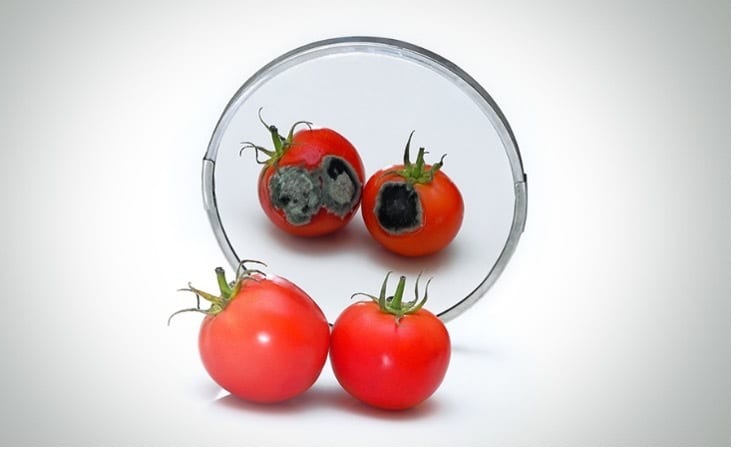
Image credit: Dr_Microbe/iStock / Getty Images Plus via Getty Images
FDA Introduces Faster, Easier Reportable Food Registry Process
The U.S. Food and Drug Administration (FDA) has published a new, interactive public data dashboard that will allow its constituents to view historical data from the Reportable Food Registry (RFR), a tool that the food industry uses to alert FDA of a dangerous food product. The new dashboard will be updated annually and make it faster and easier to get better data from the RFR. The RFR program will help FDA's state and local partners better determine when to issue health alerts, take steps to remove harmful food from the market, and target enforcement efforts, such as sampling assignments.
The new RFR public data dashboard contains 10 years of data, from September 2009 to September 2019, and covers 28 commodities and 20 food safety hazards. The new dashboard allows users to interact with the data points to gather more customized information at any time to find answers to their specific questions. Users can modify the graphs and charts and view trends based on selected commodities, hazards, and time frames.
When companies discover a food product is dangerous or potentially deadly, they must submit a reportable food report to FDA using an electronic portal. In 2022, FDA will begin a project to allow companies to export the RFR data from their internal business systems or from third-party applications directly to the portal with just a click of a button. Once FDA's work is complete, human and animal food companies will be able to upload RFR reports as structured electronic files to the Safety Reporting Portal. The food information, including any associated recall data, will then go simultaneously to experts and systems related to both the RFR and Recalls Programs. FDA anticipates that this update will be available in 2023.
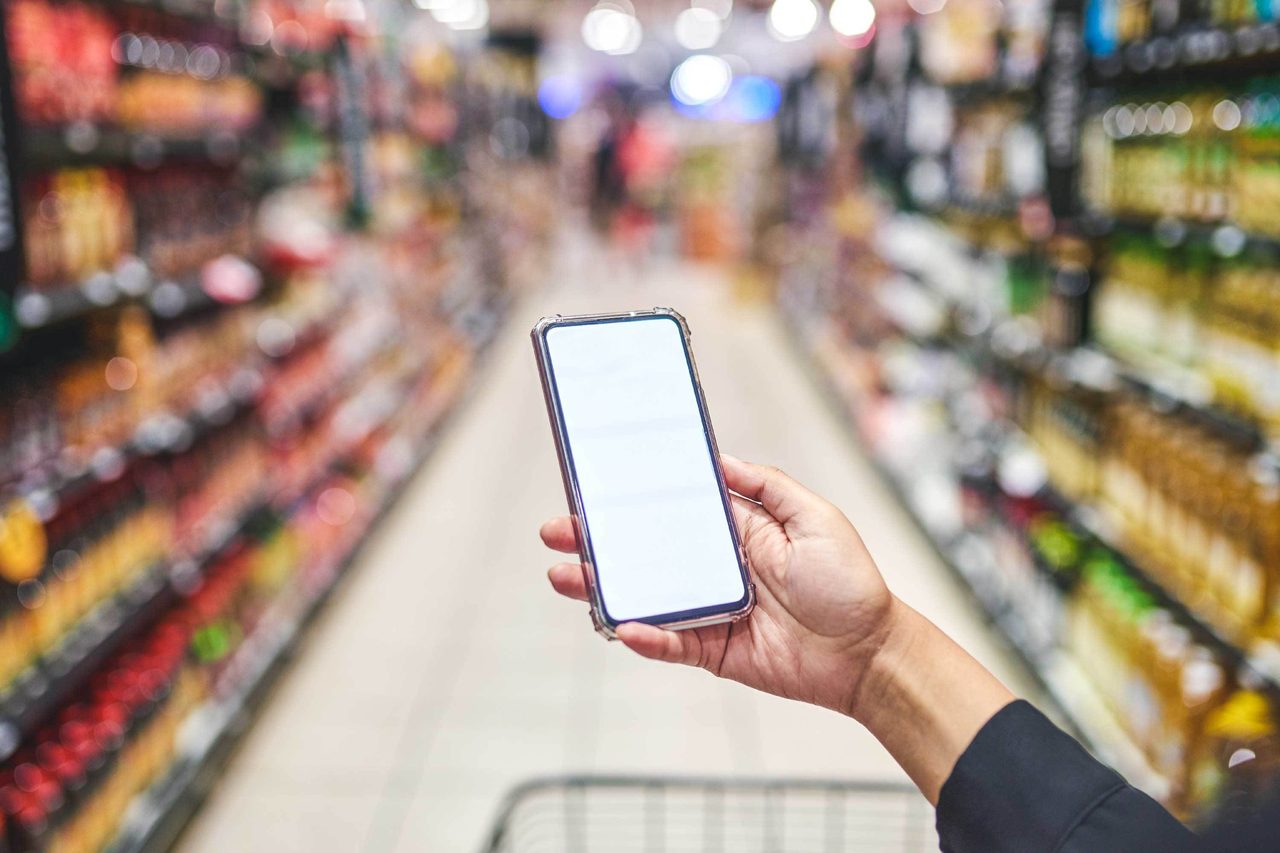
New HACCP Model for Raw Intact Beef Available
The U.S. Department of Agriculture's Food Safety and Inspection Service (USDA-FSIS) has released a Generic Hazard Analysis and Critical Control Point (HACCP) Model for Raw, Intact Beef. This model uses the production of beef steaks and roasts to demonstrate hazard analysis and HACCP plan principles. While the model's critical control points (CCPs) do not necessarily apply to all operations or products, it may serve as a starting point for any intact beef products.
The flow diagram included with the model demonstrates a general production process and should be modified to reflect the processes used at the establishment. The food safety critical limits selected must come from scientific documents or other reliable sources. This model includes references for guidance on the selection of critical limits.
As announced in an October 2, 2020 constituent update, FSIS updated its HACCP guide and multiple generic HACCP models. The agency also developed a new sanitation standard operating procedures guide. The guides and the models are intended to assist establishments in meeting regulatory requirements to produce safe and wholesome products. The Generic HACCP Model for Raw, Intact Beef is available here.
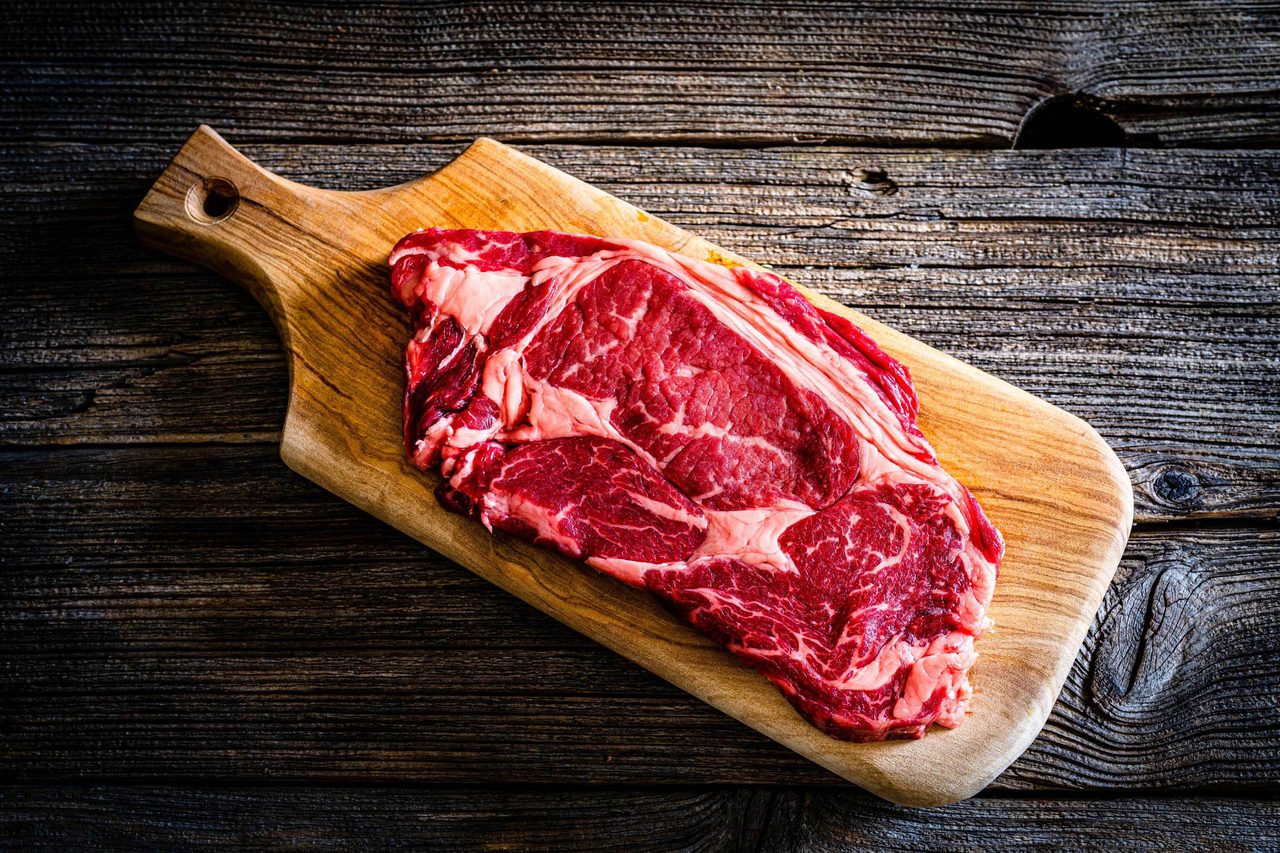
Image credit: Dr_Microbe/iStock / Getty Images Plus via Getty Images

Certified Group and Food Safety Net Services (FSNS) appointed John R. Nelson as Chief Operating Officer. Also, Justin Malvick was appointed as President, Food & Beverage.

The U.S. Department of Agriculture named Scott Marlow as Deputy Advisor for Farm Programs at the Farm Service Agency. Tim Gannon was named Chief of Staff for Farm Production and Conservation. Andrea Delgado was appointed Chief of Staff for Natural Resources and Environment, and Dr. Sara Bleich was named Director of Nutrition Security and Health Equity for the Food and Nutrition Service.
Buitoni Food Company appointed Graham Corneck as President and Chief Executive Officer.
Good Foods promoted Juan Larios to Executive Vice President and President of Operations, Mexico.

Food safety and contract sanitation provider PSSI named Scott King as the new Vice President of Food Safety.
Berner Food and Beverage LLC promoted Kelly Diamond to Chief Operations Officer and named David Dunavant as Chief Financial Officer. Also, Shelia Kolden joined as Director of Procurement, Sales, and Operations Planning.
The recently formed International Fresh Produce Association (IFPA) appointed Gretchen Wall as Director of Food Safety and Quality, and also promoted Dr. Emily Griep to Vice President of Regulatory Compliance and Global Food Safety Standards.
ReposiTrak added Paul Damaren to its executive team, expanding the company's connection to the food safety industry.


NELSON
KING
DAMAREN
DIAMOND
GFSI Chooses IT Provider for Certificate Platform
The Global Food Safety Initiative (GFSI), The Consumer Goods Forum's (CGF's) Coalition of Action on food safety, has signed an agreement with Webnet for the development of its proprietary certificate platform—a live, online repository of all certificates issued against GFSI-recognized Certification Programs, available to anyone needing to verify the validity of such certificates. The project, a key feature of GFSI's Race to the Top, strongly demonstrates GFSI's commitment to deliver trust, transparency, and confidence in food safety certification.

NEOGEN Combines Existing Operations with 3M's Food Safety Business
NEOGEN Corp. and 3M have entered into a definitive agreement in which 3M will separate its Food Safety business unit and simultaneously combine it with NEOGEN in a transaction that is intended to be tax-efficient to 3M and its shareholders. The combined business will create an innovative leader in the food safety sector with a comprehensive product range and a strategic focus on the category's long-term growth opportunities.


Berkeley Lights and Aanika Biosciences to Commercialize Antimicrobial Peptides
Berkeley Lights Inc. and Aanika Biosciences have announced a strategic partnership that will allow faster identification of outbreak sources, reduce incidents of fresh produce contamination, and minimize the impact for foodborne illness-released recalls. Aanika will use Berkeley Lights' high-throughput, functional screening service to quickly identify and optimize functional, antimicrobial peptides that are capable of killing bacteria. Additionally, the Beacon Optofluidic Platform will be used to find peptides that are toxic to bacteria to create a new antibacterial tag, which will then be applied to its bacterial spore-based barcoding technology to protect the food supply chain.
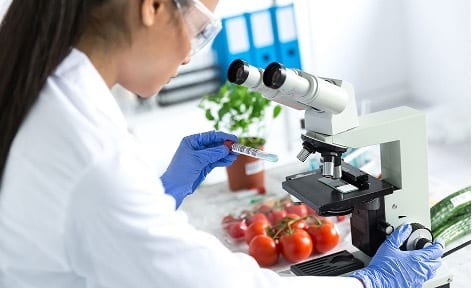
Hy-Vee Deploys ComplianceMate across Portfolio of Brands
Hy-Vee, a grocer that operates more than 240 retail stores in eight U.S. states, has partnered with CM Systems LLC to deploy the ComplianceMate food safety system across its entire portfolio of brands, including its Italian, Asian, Hickory House, Market Grill, Meat, Seafood, Deli, and Bakery areas. The ComplianceMate system uses a customizable food safety management software that automatically tracks key indicators of food safety risk. As the system generates data, it can alert any level of management—from store level to corporate offices—of potentially unsafe food before the food is served to the public. ComplianceMate also facilitates above-unit auditing for Hy-Vee and its third-party auditing group. Auditors now utilize the ComplianceMate system to gather and preview food safety data prior to entering stores.

Save Foods Completes Pre-Harvest Application Trials on Citrus Fruits
Save Foods, an Israeli-based agrifood tech company focused on developing and selling eco-friendly products specifically designed to extend the shelf life and ensure the safety of fresh fruits and vegetables, has completed a series of successful trials in conjunction with a leading California academic institution. The study’s results demonstrate that the pre-harvest applications of Save Foods’ treatments are effective in mitigating the presence of decay-causing pathogens on the surface of citrus fruits. According to the company, Save Foods’ post-harvest treatments are effective at maximizing the shelf life and safety of fresh produce, and the recent California studies indicate that growers and packers can benefit further from a pre-harvest application.
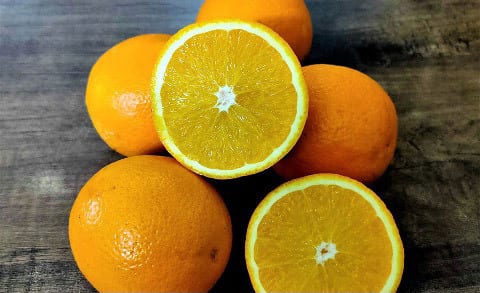
Freshcare FSQ Standard 4.2 Achieves GFSI Recognition
The Global Food Safety Initiative (GFSI), the Consumer Goods Forum’s Coalition of Action on food safety, and Freshcare Ltd. announced that the Freshcare Food Safety & Quality Standard Edition 4.2 has successfully achieved recognition against GFSI’s Benchmarking Requirements Version 2020.1. The recognition encompasses GFSI scopes BI—farming of plants, and BIII—pre-process handling of plant products. The achievement of global recognition ensures that Freshcare remains at the forefront of Australian and international food safety compliance.


ONLINE & OF NOTE
The World Health Organization (WHO) has launched the Food Safety Community of Practice (COP), a new, peer-to-peer online forum for global professionals working on and sharing interest in food safety issues, who seek to deepen their knowledge and expertise in this area, exchange information, and discuss ideas by interacting on an ongoing basis. The COP's goal is to expand learning potential, share diverse experiences and knowledge, encourage an understanding of new perspectives, and stimulate individual and collective learning. Members will receive access to regular webinars, monthly updates, and food safety resources. They will also submit their resources, event announcements, and other content on food safety to be shared with other members of the COP.
